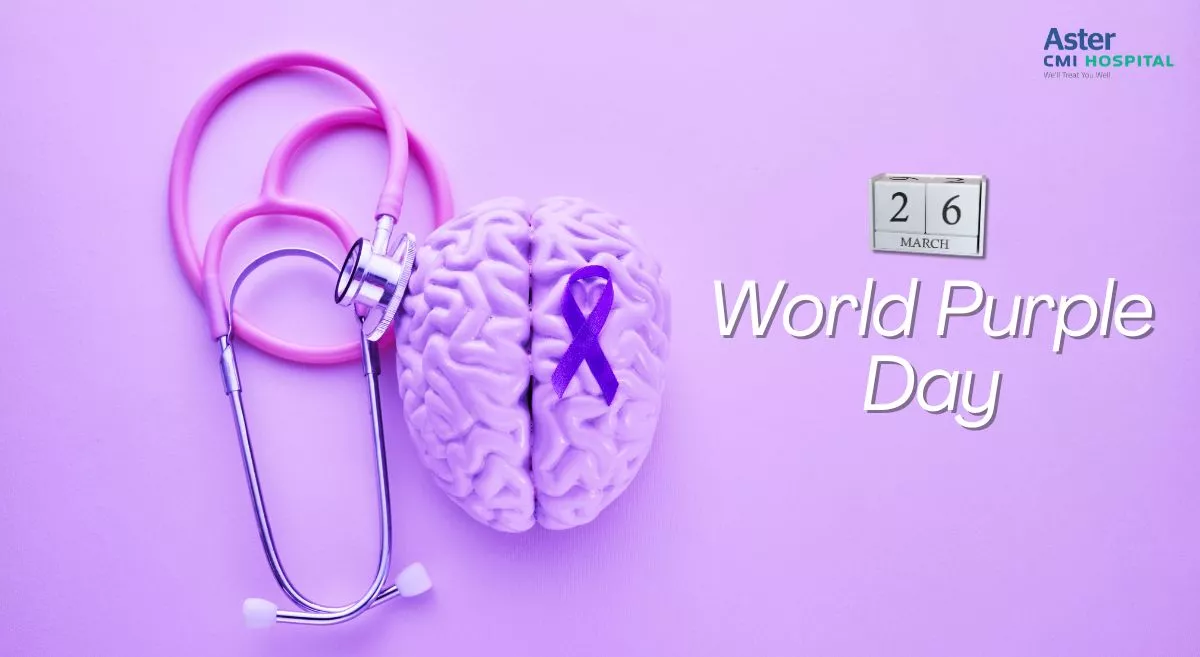Tuberculosis Transmission & its treatment
Bacteria known as Mycobacterium tuberculosis is the source of the infectious illness tuberculosis (TB). Although it predominantly targets the lungs, it can also damage the kidneys, spine, and brain, among other organs.
When someone inhales these droplets, the bacteria can enter their lungs and establish an infection. However, not everyone infected with TB develops active symptoms. There are two forms of TB: latent TB infection and active TB disease.
- Latent tuberculosis infection: The germs are still in the body, but they remain dormant. People who have latent TB infection don't show any symptoms, can't spread the disease, and typically have normal chest X-ray results. However, if their immune system deteriorates, they could eventually get active TB.
- Active TB disease: When the bacteria become active and grow, symptoms start to appear. Active TB commonly manifests as a chronic cough lasting three weeks or longer, chest pain, bloody coughing, exhaustion, weight loss, night sweats, and feverActive TB is contagious and spreads from person to person.
TB can be diagnosed through various tests, such as a skin test, blood test, sputum culture, or chest X-ray. Treatment for TB typically involves a combination of antibiotics taken over a long period, usually six to nine months, to ensure complete eradication of the bacteria. It is important to take the entire course of antibiotics as prescribed to prevent drug resistance.
The treatment for tuberculosis (TB) typically involves a combination of medications that are taken for a specific duration of time. The exact treatment regimen can vary depending on factors such as the type of TB (latent or active) and the drug susceptibility of the bacteria causing the infection. It's important to note that TB treatment should be administered under the supervision of a qualified healthcare professional.
Treatments for TB
Here is an overview of the commonly used treatments for TB:
Active TB:
- First-line medications: The standard treatment for active TB usually involves a combination of four antibiotics: isoniazid, rifampin, ethambutol, and pyrazinamide. This initial phase is called "intensive phase" and typically lasts for 2 months.
- Continuation phase: After the intensive phase, the treatment usually continues with isoniazid and rifampin for an additional 4 to 7 months. The total duration of treatment is typically 6 to 9 months.
Latent TB:
- Isoniazid (INH): It is the most commonly used medication for treating latent TB infection. INH is typically taken daily for 6 to 9 months.
- Rifampin: Alternatively, a combination of rifampin and pyrazinamide is sometimes used for a shorter duration, usually 2 months.
It's worth mentioning that drug-resistant TB, where the bacteria are resistant to one or more of the first-line drugs, requires different treatment approaches. Second-line medications, such as fluoroquinolones and injectable drugs like amikacin, kanamycin, or capreomycin, are used in these cases. However, the treatment duration and specific drug combinations for drug-resistant TB can be more complex and may extend over a longer period, often up to 20 months or more.
It is important to complete the entire course of TB treatment, even if symptoms improve, to ensure effective eradication of the bacteria and reduce the risk of developing drug resistance. Additionally, regular follow-up and monitoring by a healthcare professional are essential during the treatment period.








